Understanding the calculation for cost of sales
No matter the size of your business, understanding cash flow is vital to success.
It gives you the information you need to stay on top of the business’ finances and one key factor in this is having a clear method for the calculation for cost of sales.
When looking at your financial statements, it is important to understand the difference between the cost of sales (COS) and the cost of goods sold (COGS). You might see these terms used interchangeably but some differences set them apart. Cost of goods sold refers to how much a product or service has cost the business in terms of parts and materials. Cost of sales, however, is the total cost of that product or service. This is especially important if you run a SaaS (software as a service) business.
Why understanding COS is useful in business
Understanding cost of sales is one of the most important financial metrics you can track. It will tell you how efficient your business is in creating and selling your product. This in turn affects your businesses gross profit. Down the line, tracking your COS against the revenue of the business can help you see opportunities to lower costs and increase profit by quickly identifying any products or services that have low profitability.
If your cost of sales are very high, you will know that it is eating into the profit of the business and can act on this - an example being that you might renegotiate a contract with a partner or stop using a paid tool in your business that isn’t providing enough value.
If you want to have a chat with us regarding any other useful metrics that could be key to your business’ success, you can
get in touch with us here. We’d love to help you out.
The calculation for cost of sales
Before you start to calculate any cost of sales, it’s important to know what needs to be included and what doesn’t. A good rule of thumb on this is if you stopped paying for an expense and you could still provide your service, then that expense shouldn’t be included in your cost of sales calculation. If an expense is crucial to the services you provide, it needs to be included. Some examples of things that might need to be included are software licenses, any related marketing costs and the wages for the employees involved in the delivery of the service.
Now let’s imagine your business sells web design services. You employ 2 designers at £3,500 a month, you spend £1,000 on software licences for design, and you have a part-time bookkeeper at £300 a month. You also have premises costs of £10,000 and other overheads totalling £3,000.
Cost of Sales = £3,500 + £3,500 + £1,000 = £8,000
Once you know what you need to include in your cost of sales formula, the rest is quite simple. Remember, calculating COS whenever you have an income statement is crucial to working out your gross profit.
How COS differs from OPEX
Operating expenses (OPEX) are any day-to-day expenses that keep a business running. At first, this can seem like another way of saying COS, but COS and OPEX are very different. COS includes costs that are related to providing your businesses service. What it doesn’t include are costs that go towards keeping the business running every day; these are your operating expenses.
Examples of OPEX include rent for your office, any employee training that might take place and even salaries for employees not directly involved with the delivery of your services. Knowing your OPEX tells you how efficiently your business is running overall, not just in creating a service or product.
In the example above, the £300 for the bookkeeping, £10,000 premises costs and £3,000 other overheads are part of your operating expenses and are not included in the calculation for cost of sales.
To get a greater understanding of the calculation for cost of sales or cost of goods sold, get in touch with
David Masih, our client relationship partner. David can explain how our financial
management services can benefit your business during a no-obligation chat today. Call 03330 067 123 or email info@onthegoaccountants.co.uk.





